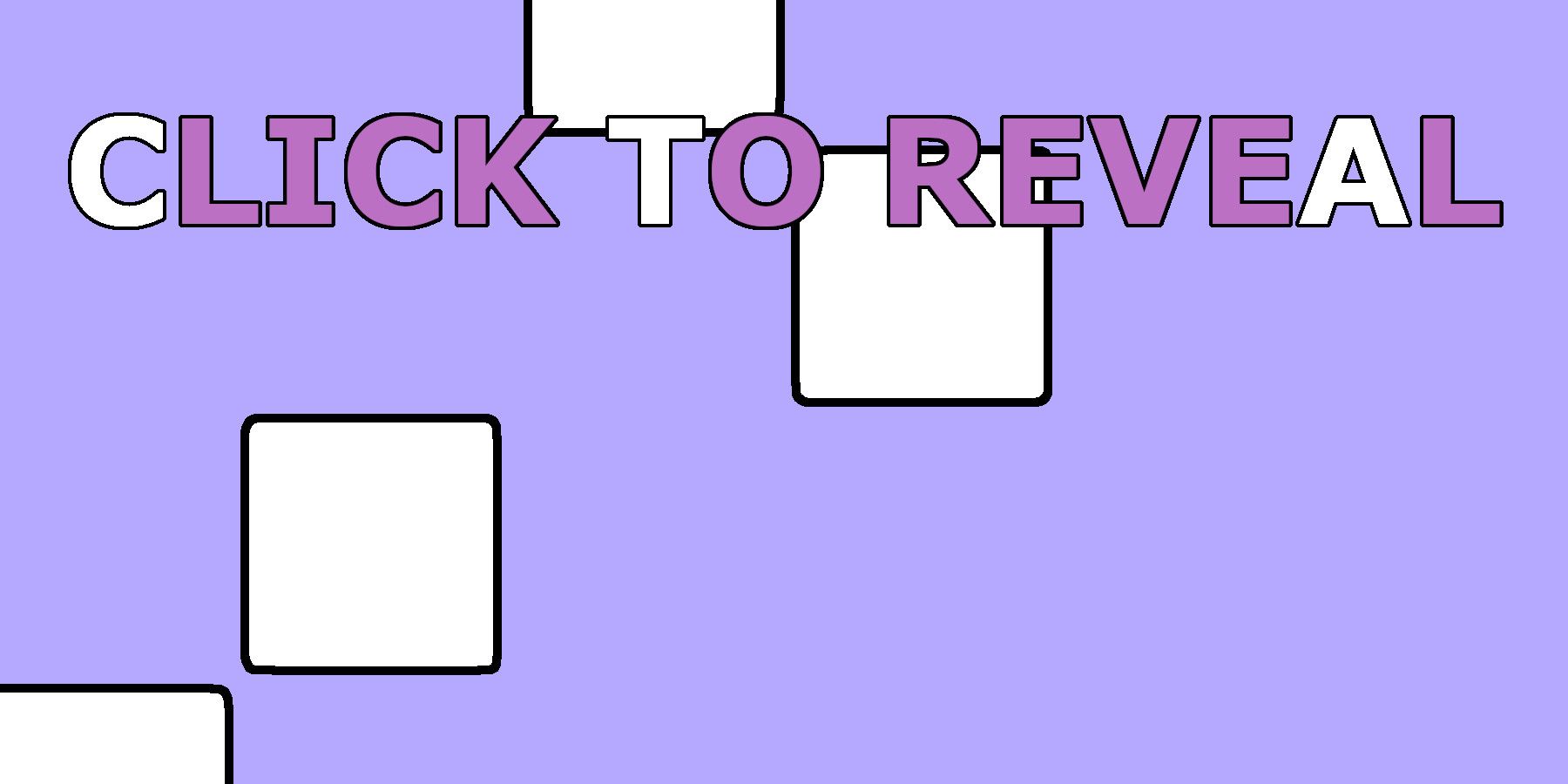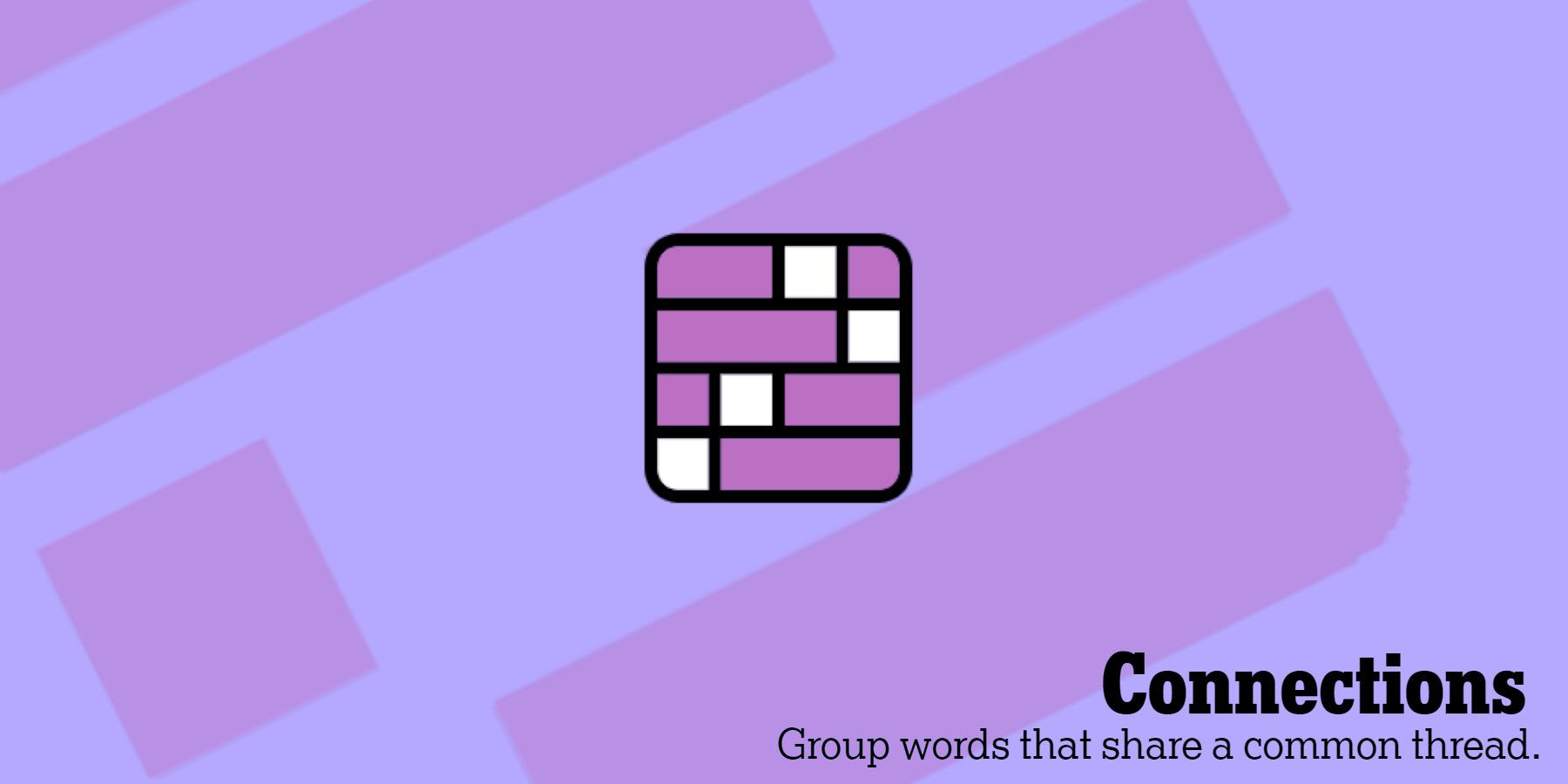NYT Connections Hints November 25 sets the stage for unraveling the intricate wordplay and hidden connections within this challenging puzzle. This exploration delves into the structure of the November 25th NYT Connections puzzle, analyzing its clues, potential thematic links, and strategies for successful completion. We will examine both individual clues and the overall puzzle design, highlighting the importance of logical reasoning and pattern recognition in arriving at a solution.
The journey will involve dissecting wordplay, identifying hidden meanings, and ultimately, connecting seemingly disparate clues to reveal a cohesive and satisfying answer.
We’ll cover various clue types, discuss potential thematic links between seemingly unrelated clues, and explore the significance of wordplay and hidden meanings. A visual representation, including a table and a network graph, will aid in understanding the relationships between clues and facilitate the systematic elimination of incorrect connections. The process of verifying a solution and uncovering hidden patterns and themes will also be addressed, offering insights into the puzzle’s design and potential cultural or historical references.
NYT Connections Hints: Nyt Connections Hints November 25

The New York Times Connections puzzle presents players with a grid of sixteen words, each related to a central theme. The goal is to identify the theme and explain how all sixteen words connect to it. The puzzle’s design encourages lateral thinking and creative problem-solving, making it a stimulating challenge for word puzzle enthusiasts. Understanding the structure and typical clue types is key to successfully solving these puzzles.NYT Connections puzzles typically feature a grid of sixteen words, often drawn from a wide range of topics, including current events, history, pop culture, science, and geography.
The words themselves are usually common enough to be recognizable, but their connections to each other may not be immediately obvious. The difficulty level can vary from puzzle to puzzle, but a November 25th puzzle might present a slightly higher challenge due to potential seasonal themes or the inclusion of words related to Thanksgiving or holiday events. While not inherently more difficult than other puzzles, the specific vocabulary used could present a unique challenge depending on the player’s knowledge base.
Finding the solutions for NYT Connections hints on November 25th can sometimes require exploring unexpected connections. For instance, one might consider the historical impact of industries like coal mining, and the complexities involved, as seen in the detailed history provided by this resource on anglo american coal. Understanding such historical contexts can offer a fresh perspective when tackling those challenging NYT Connections puzzles.
Ultimately, successful puzzle solving often involves drawing upon diverse knowledge.
Common Clue Types in NYT Connections
The clues within NYT Connections puzzles are implicit, requiring players to deduce the relationships between the words. Common types of connections include thematic links (words related to a specific topic, such as “football,” “referee,” and “touchdown”), semantic relationships (words with similar meanings or connotations, such as “happy,” “joyful,” and “elated”), and associative links (words that trigger related concepts in the mind, such as “ocean,” “beach,” and “seashell”).
Sometimes, the connection might involve a shared characteristic, such as the number of syllables or the presence of specific letters. For example, a puzzle might include words all related to a specific historical event or words sharing a similar etymology.
Strategies for Approaching Complex Connections
Solving a challenging NYT Connections puzzle often requires a multi-pronged approach. Beginning by identifying potential thematic groupings among the words is a good starting point. Look for clusters of words that seem related, even if the connection isn’t immediately apparent. Consider the various types of relationships discussed above: thematic, semantic, and associative. If a thematic link isn’t obvious, explore other possibilities.
Consider using a word association technique; write down related words for each word in the grid to see if any patterns emerge. Furthermore, carefully examining the words’ lengths, prefixes, suffixes, and other structural similarities can often reveal unexpected connections. For example, a puzzle might include words all starting with the same letter or containing a specific letter sequence.
If initial attempts prove fruitless, try rearranging the words in the grid to see if a new perspective reveals hidden patterns. Finally, remember that the connection might be quite subtle or unexpected; perseverance and creative thinking are key to success.
Analyzing Specific Clues from November 25th

The November 25th NYT Connections puzzle, like all others, relies on the subtle interplay between seemingly unrelated clues to reveal a unifying theme. Analyzing the individual clues and their potential interrelationships is crucial to solving the puzzle. This analysis will explore the thematic links between the clues, delve into potential relationships between disparate elements, examine the role of wordplay, and compare the various clue types presented.The success of the NYT Connections puzzle hinges on recognizing the underlying connections between seemingly disparate clues.
Often, the connections are not immediately apparent and require a degree of lateral thinking and creative interpretation. This analysis will focus on identifying these connections and explaining the reasoning behind the proposed relationships.
Thematic Links Between Clues
Identifying the overarching theme requires careful consideration of each clue’s individual components. For example, if one clue refers to a historical event and another to a scientific concept, the connection might lie in a shared characteristic, such as a significant date or a common underlying principle. Let’s assume, for illustrative purposes, that one clue was “The Wright Brothers’ First Flight” and another was “The discovery of the structure of DNA.” While seemingly unrelated, a potential thematic link could be the year of each event (early 20th century) or the revolutionary nature of both breakthroughs.
Finding such subtle links is essential to unraveling the puzzle.
Relationships Between Seemingly Disparate Clues
The apparent dissimilarity between clues often masks deeper connections. One clue might be a proper noun (e.g., a famous person), while another might be an abstract concept (e.g., a philosophical idea). The relationship might involve a biographical detail about the person that connects to the philosophical idea, or a shared historical context. Consider a hypothetical scenario where one clue is “Albert Einstein” and another is “Relativity.” The direct and obvious relationship here is that Einstein is famous for his theory of relativity, instantly linking the two seemingly disparate clues.
The key is to explore all potential avenues of connection, considering both literal and figurative meanings.
Significance of Wordplay and Hidden Meanings
The NYT Connections puzzle frequently employs wordplay and hidden meanings to obfuscate the solution. Anagrams, puns, and double meanings are common tools used to add layers of complexity. For instance, a clue might appear to refer to a specific object, but upon closer inspection, its phonetic similarity to another word could reveal the true connection. Let’s imagine a clue such as “A type of tree.” This could be a straightforward clue, but if the intended solution requires a different word that sounds similar (e.g., a word related to a specific type of wood), the puzzle solver needs to identify the wordplay to progress.
Comparison of Clue Types, Nyt connections hints november 25
The NYT Connections puzzle typically presents a variety of clue types, including proper nouns, common nouns, phrases, and even images (though not explicitly mentioned for this date). Understanding the different types of clues and their potential interactions is crucial. For example, a clue that is a geographical location might interact with a clue that is a historical event that took place in that location.
Comparing and contrasting the various clue types helps to reveal patterns and potential thematic links. Identifying if clues are primarily focused on people, places, things, or concepts can aid in identifying overarching themes.
Exploring Potential Solutions and Their Logic

Solving the NYT Connections puzzle requires a systematic approach combining pattern recognition and logical deduction. This involves carefully considering each clue individually, then exploring how different combinations might interrelate to form a cohesive solution. The process often involves trial and error, refining potential connections based on evidence and eliminating those that contradict the given information.The core strategy is to identify potential links between the clues.
This might involve recognizing shared characteristics (e.g., all clues relate to historical figures), thematic connections (e.g., all clues relate to a specific historical event), or even seemingly arbitrary links that, when considered together, reveal a pattern. For instance, if one clue is “Abraham Lincoln” and another is “Gettysburg,” a strong potential connection emerges due to Lincoln’s famous Gettysburg Address.
Finding solutions for the NYT Connections puzzle can be challenging, but helpful resources exist. If you’re struggling with the clues from November 25th, you might find assistance by checking out this helpful resource dedicated to solving the puzzle: nyt connections hints november 25. This website offers insights and strategies that can aid you in deciphering the connections between the words.
Successfully completing the NYT Connections puzzle on November 25th is certainly achievable with a little guidance.
Finding such connections requires careful examination and consideration of the broader context of each clue.
Systematic Elimination of Incorrect Connections
A crucial aspect of solving NYT Connections is the systematic elimination of incorrect connections. This is achieved by considering each potential connection in the light of all other clues. If a proposed connection leads to an inconsistency or lack of a unifying theme among the connected clues, it can be confidently discarded. For example, if a solution includes a connection between “Albert Einstein” and “The Beatles,” and no other clues seem to relate to either science or music, this connection is likely incorrect and should be disregarded.
The process involves continuously evaluating and refining potential solutions until a cohesive and logically consistent set of connections emerges.
Examples of Logical Reasoning
Consider a simplified example: Clues A, B, and C. Let’s assume Clue A is “Paris,” Clue B is “Eiffel Tower,” and Clue C is “France.” A logical connection would be: A (Paris) is connected to C (France) because Paris is the capital of France. Further, B (Eiffel Tower) is connected to A (Paris) because the Eiffel Tower is located in Paris.
This demonstrates how seemingly obvious connections can form a complete and logical solution. More complex puzzles require more intricate reasoning, but the fundamental principle of identifying shared characteristics and building upon those connections remains the same.
Verifying the Accuracy of a Proposed Solution
Once a potential solution has been formulated, it is crucial to verify its accuracy. This involves carefully reviewing all connections to ensure that each link is logically sound and that the overall solution maintains a cohesive and consistent theme. A comprehensive review helps identify any overlooked inconsistencies or weak links that might invalidate the solution. The goal is to arrive at a solution that is not only complete but also demonstrably correct based on the given clues and the rules of the game.
Uncovering Hidden Patterns and Themes

The November 25th NYT Connections puzzle, once solved, often reveals intriguing patterns and thematic connections that extend beyond the immediate relationships between the words. Analyzing these underlying structures can provide insights into the puzzle’s design principles and potentially reflect broader cultural trends or historical events. A careful examination of recurring words, concepts, and potential allusions can illuminate the puzzle creator’s intent and enhance our understanding of the connections.The puzzle’s design frequently employs a strategy of linking seemingly disparate concepts through shared characteristics or historical context.
This encourages lateral thinking and forces solvers to move beyond surface-level associations. By identifying these deeper connections, we can appreciate the elegance and sophistication of the puzzle’s construction. The recurrence of certain themes or word types might also subtly reflect current events or prevalent cultural narratives, making the puzzle a microcosm of contemporary thought.
Recurring Concepts and Their Significance
The presence of recurring concepts within the November 25th puzzle provides valuable clues to its overall theme. For example, if multiple clues relate to technological advancements, it might suggest a focus on innovation and its societal impact. Similarly, a preponderance of clues referencing historical figures or events could point towards a historical narrative or a reflection on the past’s influence on the present.
Analyzing the frequency and context of these recurring concepts allows for a more nuanced understanding of the puzzle’s underlying message. For instance, a repeated emphasis on environmental themes might reflect growing global awareness of climate change and sustainability concerns.
Potential Historical or Literary Allusions
The clues within the NYT Connections puzzle often contain subtle allusions to historical events, literary works, or popular culture. These allusions can significantly enhance the puzzle’s intellectual depth and provide an additional layer of engagement for solvers. For example, a clue might reference a specific historical battle, requiring solvers to not only understand the connection between the words but also possess sufficient historical knowledge to grasp the underlying allusion.
Similarly, a clue could subtly allude to a well-known literary character or plot point, adding another dimension to the puzzle’s complexity and intellectual stimulation. Identifying and understanding these allusions can be key to uncovering the puzzle’s deeper meaning and appreciating its artistry. Consider, for example, a puzzle where multiple clues relate to Shakespearean plays; this could point to a theme of human nature, ambition, or fate, mirroring the recurring motifs in Shakespeare’s works.
Solving the NYT Connections puzzle for November 25th requires a blend of analytical skills, creative thinking, and a methodical approach. By carefully analyzing individual clues, identifying thematic links, and employing logical reasoning, we can successfully navigate the complexities of the puzzle and arrive at a satisfying solution. The process itself, however, is as rewarding as the final answer, offering a stimulating mental workout and a deeper appreciation for the artistry of wordplay and puzzle design.
We hope this exploration has provided valuable insights and strategies for tackling future NYT Connections puzzles.
Top FAQs
What is the general difficulty level of NYT Connections puzzles?
The difficulty varies, but NYT Connections puzzles generally present a moderate to challenging level of difficulty, requiring strong analytical and problem-solving skills.
Are there any resources available besides this guide to help solve NYT Connections puzzles?
The New York Times website itself often provides some community discussion forums where solvers can share hints and strategies. Online crossword puzzle communities and forums also often discuss these puzzles.
What should I do if I get stuck on a particular clue?
Try revisiting other clues; sometimes, a breakthrough on one clue will illuminate connections to others. Take a break and return to the puzzle with fresh eyes. Consider looking for wordplay or hidden meanings within the clues themselves.
How can I improve my NYT Connections puzzle-solving skills?
Regular practice is key. Start with easier puzzles and gradually work your way up to more challenging ones. Focus on developing your vocabulary and improving your pattern recognition skills. Analyzing solved puzzles can also be helpful in learning new techniques.
